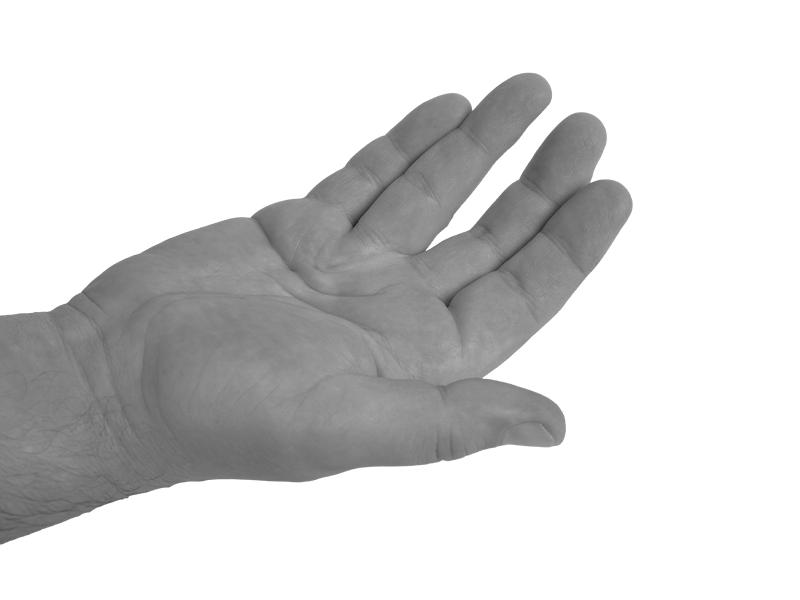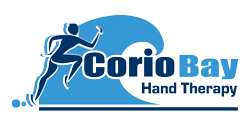What is Dupuytren’s Contracture?
Dupuytren’s is a condition that causes gradual tightening on the tissue in the palm of the hand leading to the fingers being stuck in a bent position. It is a common condition that is usually caused by genetics, but can also have links to modifiable factors, such as alcohol consumption.
Overtime, Dupuytren’s can impact function and often requires treatment to manage the symptoms.
Dupuytren’s Contracture Symptoms
Common things that point to Dupuytren’s Contracture are the following symptoms
- Often painless, but sometimes painful, nodules felt in the palm of the hand, most commonly towards the ring or little finger.
- Decreased ability to straighten fingers, making it difficult to put hands in pockets, or hold the hand out flat.
How will your hand therapist know if you have DeQuervain’s Tenosynovitis?
At Corio Bay Hand Therapy, your experienced hand therapist will be able to identify Dupuytren’s by looking and feeling your hand. Further tests, or imaging is not needed.
Could it be something else?
Other conditions that can cause the fingers to be fixed in a bent position, these include:
- Trigger Finger
- Ulnar Nerve Neuropathy
- Finger Dislocations
- Arthritis

How do we treat Dupuytren’s Contractures?
Currently, Dupuytren’s Contractures are best managed by surgical intervention. If diagnosed with Dupuytren’s and if surgery is indicated we will discuss with your GP on referring you to the very best Hand Surgeons in Geelong.
After your procedure, you will require a splint. Depending on the severity of your contracture, you may be required to wear your splint for a short time all day and night, otherwise it is just worn at night for a few months. In addition to your splint, your hand therapist will help manage your wound and scar. Also, you will be given exercises that will promote the best function of your hand.
You can expect a much straighter and more functional hand by the end of your treatment.
